1. Leech Collector
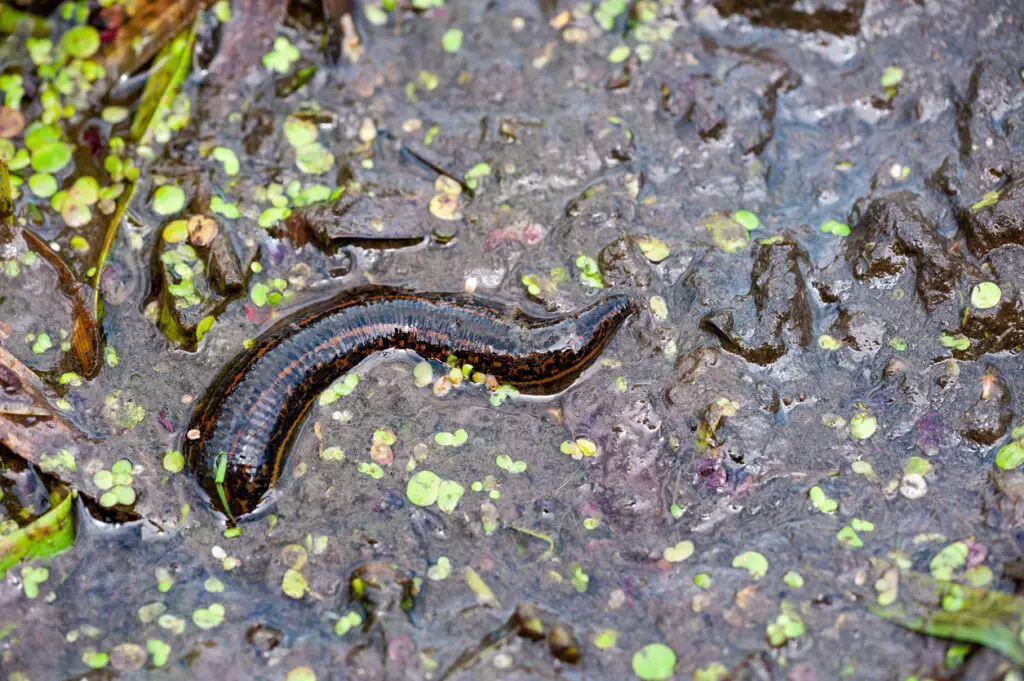
Imagine wading into a swampy bog at the crack of dawn, lifting your skirt or pant legs, and waiting for bloodsucking leeches to latch onto your skin. That was the reality for leech collectors, who were often women and children in the 18th and 19th centuries. Doctors believed leeches had healing properties, so there was high demand. But the job was anything but glamorous — you’d walk through mucky water and let dozens of leeches attach to you, then scrape them off and collect them in jars shares National Geographic.
It wasn’t just uncomfortable; it was dangerous. Collectors often suffered from blood loss, infections, and sometimes fainting spells. And if you thought getting nibbled by one leech was gross, try dealing with 50 or more in a single morning. Many workers were never fully compensated for the health risks adds Ladders. Makes your Zoom fatigue seem pretty cushy in comparison, doesn’t it?
2. Gong Farmer
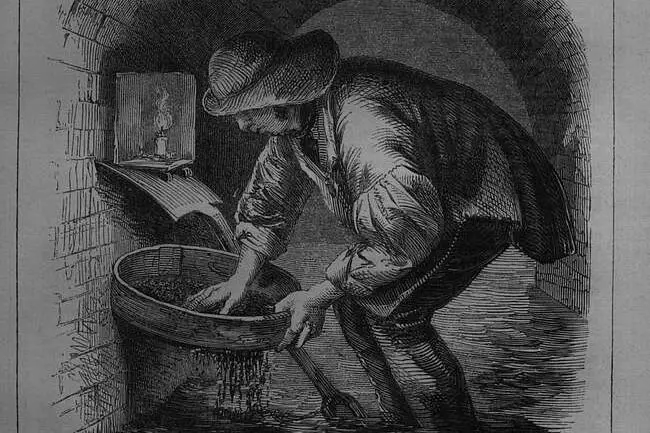
In Tudor England, somebody had to clean out the cesspits and privies — and that somebody was the gong farmer. Armed with a shovel and a bucket, you’d head into dark, stinky pits under homes and inns and haul out human waste by hand. You could only work at night, so no sunlight, just the comforting company of rats and the stench of centuries-old filth. It was illegal to do the job during the day because of the smell says Cracked.com.
They were paid fairly well for the time, but no amount of money could fix the long-term damage to your lungs and health. There were stories of gong farmers passing out or even drowning in waste. Sanitation wasn’t exactly state-of-the-art. Honestly, it makes that awkward coworker at your Monday meeting seem pretty bearable.
3. Rat Catcher
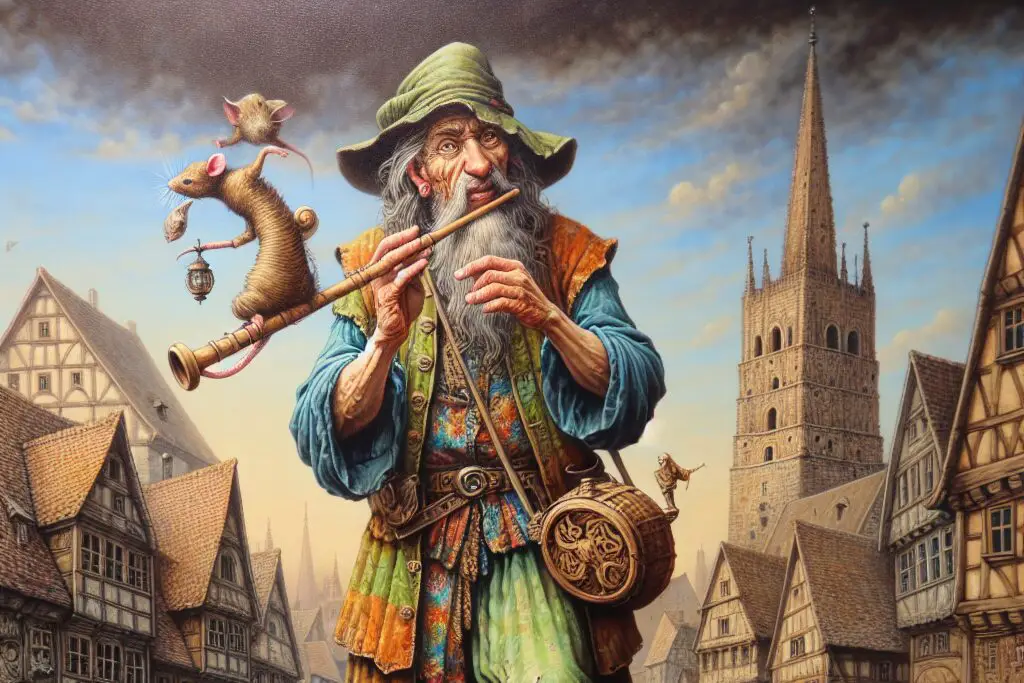
In the days before exterminators had fancy gear, rat catchers roamed cities with bags and sticks, chasing down rodents by hand. They’d head into sewers, attics, and even people’s bedrooms, risking bites and disease. The job was especially important during plague outbreaks when controlling rat populations could mean saving lives. Ironically, rat catchers themselves often died young — go figure shares the Times.
Sometimes they’d train ferrets or small dogs to help out, but mostly it was just them versus a whole bunch of angry, squirmy rats. And they had to carry the proof of their work, meaning they often smelled just as bad as the rodents they caught. If you’ve ever dreaded answering emails, at least you didn’t have to stuff a bag full of live rats before 9 a.m.
4. Mudlark
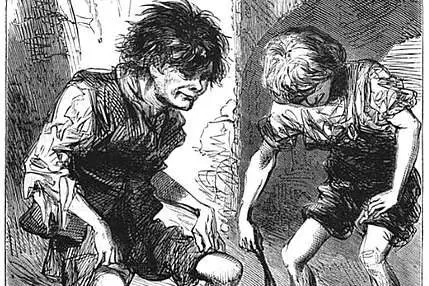
In 18th and 19th century London, mudlarks — often children — scavenged the banks of the Thames looking for anything they could sell. Bits of coal, rope, scrap metal, broken glass — if it looked remotely useful, they’d pocket it. The river was polluted beyond belief, filled with dead animals, sewage, and waste from factories. But if you were poor, you didn’t have the luxury of being squeamish.
They’d walk barefoot through the sludge, cutting their feet and exposing themselves to disease. Mudlarks were constantly wet, cold, and hungry. And if the tide came in quickly, they could be swept away and drowned. Not exactly the dream job — especially when the best-case scenario was finding a rusty nail to sell.
5. Resurrectionist

In the early 19th century, medical schools needed cadavers for study — but getting them legally was tricky. That’s where resurrectionists came in. These guys would dig up freshly buried bodies under the cover of night and sell them to surgeons and anatomy schools. It was illegal, but not technically considered murder, so many people saw it as a profitable risk.
Cemeteries beefed up security, with guards and iron cages called “mortsafes” over graves. But body snatchers got creative, sometimes using long hooks to pull corpses out of coffins without disturbing the grave too much. Imagine creeping through a foggy graveyard at 3 a.m., trying not to make a sound as you dig up Aunt Edna. Suddenly, that boring office spreadsheet doesn’t seem so bad.
6. Toad Eater

Before there were scientific clinical trials, traveling medicine men needed a way to “prove” their potions worked. Enter the toad eater — a poor assistant who’d pretend to be poisoned and then miraculously cured in front of a crowd. The name comes from the idea that they actually ate toads, which were thought to be poisonous. Whether or not they actually did, the act involved convincing people you were dying, then bouncing back after drinking the magical elixir.
Toad eaters were part actor, part con artist, and part human guinea pig. The potions they drank were sometimes real, sometimes harmful, and almost always unregulated. If they slipped up, they risked revealing the scam — or worse, getting sick for real. So the next time you think your job feels fake, remember some people literally pretended to die for a living.
7. Fuller

In ancient Rome and medieval Europe, fullers cleaned woolen cloth — and their main cleaning agent was human urine. Yes, urine. It contains ammonia, which made it useful for removing grease and dirt. Fullers would soak the cloth in tubs of pee and then stomp on it barefoot, sometimes for hours.
Most of the urine was collected from public latrines, so you can imagine the smell. The work was exhausting, physically brutal, and always done in gross conditions. Their feet and legs often became raw or infected. It’s safe to say that getting coffee spilled on your keyboard isn’t quite as tragic now.
8. Executioner
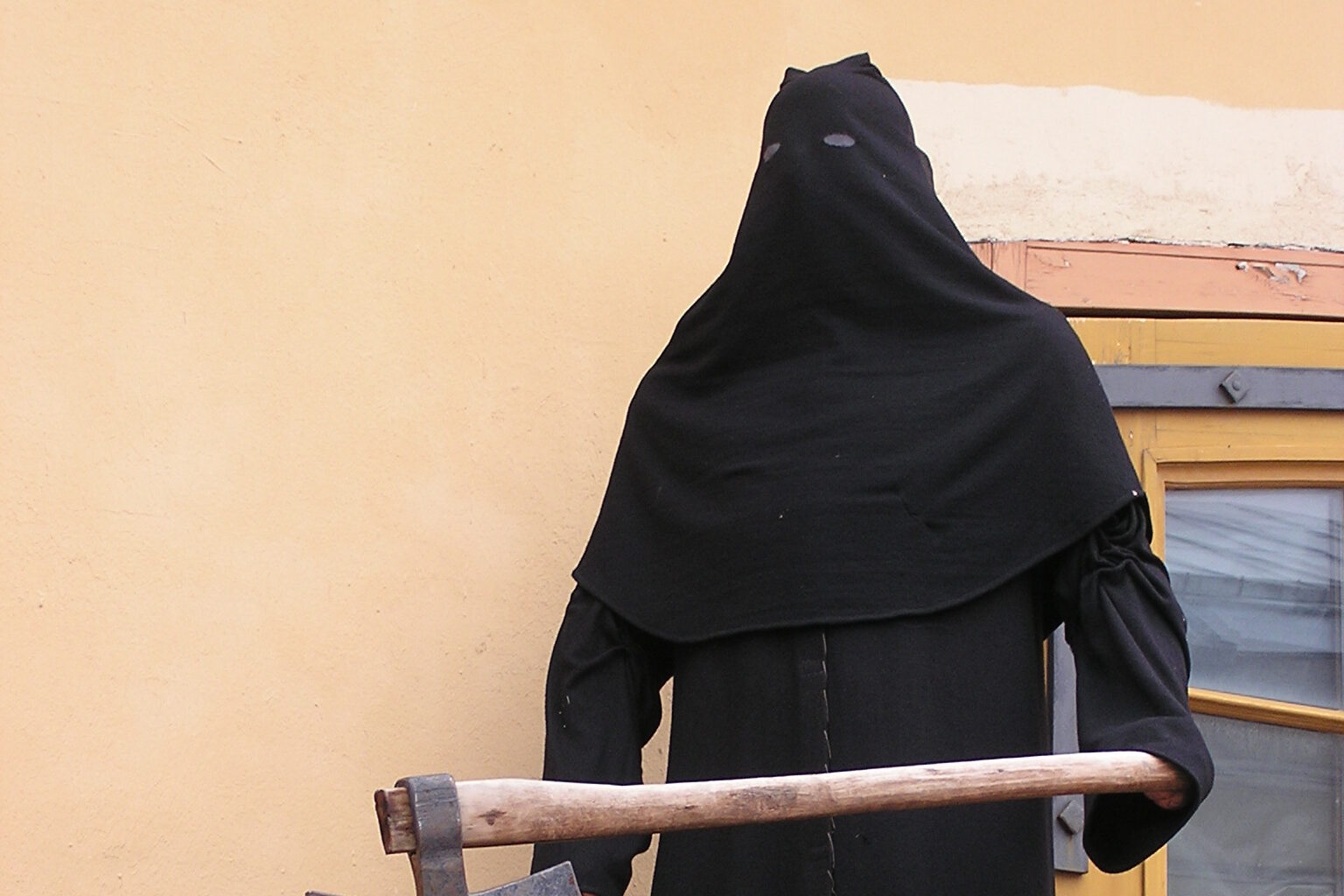
Being the one swinging the axe or tightening the noose wasn’t exactly a prestigious gig. Executioners were often shunned, feared, and socially isolated — even though their work was technically legal and state-sanctioned. The job took a major psychological toll, especially for those who didn’t see it as a calling. And if you messed up a beheading, it could turn into a gruesome, drawn-out disaster.
Some executioners tried to distance themselves emotionally, while others turned to alcohol or religion. Their families often bore the stigma too, making it hard to live a normal life. Sure, some were well paid, but they rarely got to enjoy it. Even your worst customer service call doesn’t hold a candle to that kind of pressure.
9. Matchstick Girl
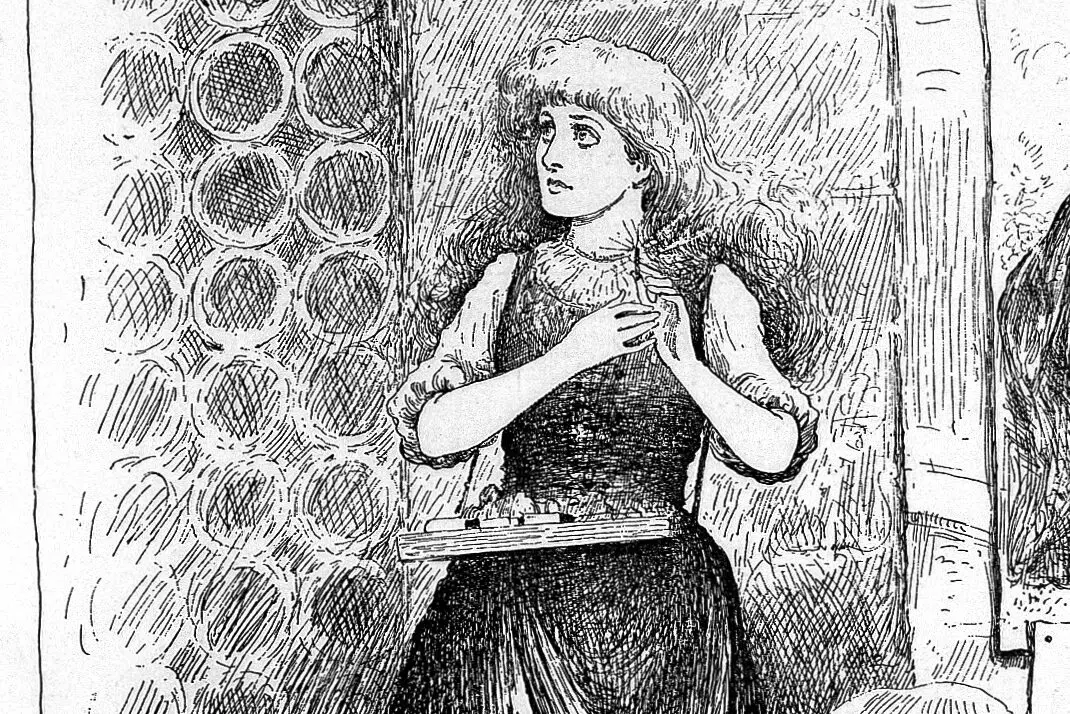
In Victorian England, young girls worked in match factories dipping wooden sticks into phosphorus, which was both toxic and flammable. They worked long hours, often in poorly ventilated rooms, breathing in fumes that caused a horrifying condition called “phossy jaw.” Their jawbones would rot from the inside out, causing pain, infection, and sometimes death.
These girls were usually poor, with no real alternatives. They earned pennies for their dangerous work and were often fired if they complained. Strikes and protests helped improve conditions eventually, but not before countless lives were ruined. A tough boss might be a nightmare, but at least your job doesn’t eat your face.
10. Sin-Eater
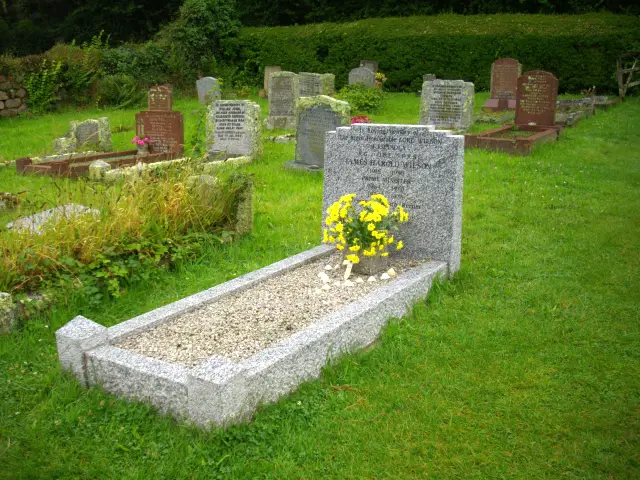
When someone died in rural Europe, especially in parts of Wales and Scotland, a sin-eater was hired to “consume” the sins of the dead. They’d be handed a piece of bread and a cup of ale placed on the corpse, which symbolically absorbed the person’s sins. The sin-eater would then eat and drink it, taking the spiritual burden onto themselves. It was seen as a sacred but cursed job.
Most people treated sin-eaters with fear and disgust, avoiding them like the plague. They lived on the fringes of society, performing this strange ritual for barely enough food to survive. They were thought to carry the weight of hundreds of souls by the end of their lives. Makes your overstuffed inbox look like a walk in the park.
11. Powder Monkey
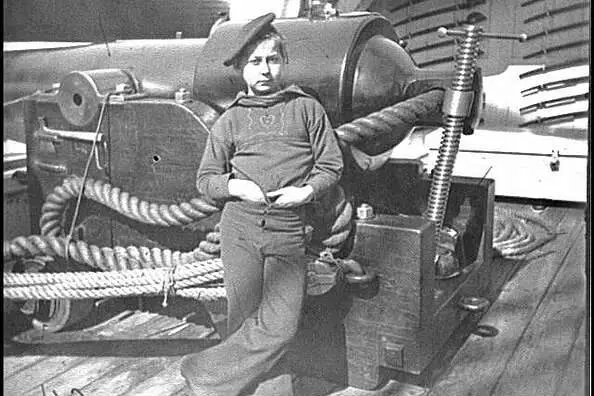
On warships during the Age of Sail, young boys — often orphans or poor children — worked as powder monkeys. Their job was to carry gunpowder from the ship’s hold to the cannons during battle. It required speed, agility, and total fearlessness, since they had to run across slippery decks while dodging cannon fire. One wrong move and the whole ship could blow.
They weren’t given much protection, and many died during skirmishes or explosions. But if they survived, they might eventually rise through the naval ranks. Still, the odds weren’t great. A chaotic morning meeting is nothing compared to sprinting with explosives under enemy fire.
12. Navvy

Navvies were the manual laborers who built Britain’s canals and railways in the 18th and 19th centuries. The name comes from “navigator,” and they did the kind of backbreaking work no one else wanted. Digging ditches, blasting tunnels, and laying tracks — all with shovels and picks. Injuries were constant, and death was always around the corner, especially when dynamite was involved.
They worked long hours in dangerous weather for very little pay. Most lived in makeshift camps far from their families. And despite doing the work that literally shaped modern infrastructure, they got little respect. If you’ve ever thought your job is thankless, try building a railroad and being forgotten.
13. Whipping Boy
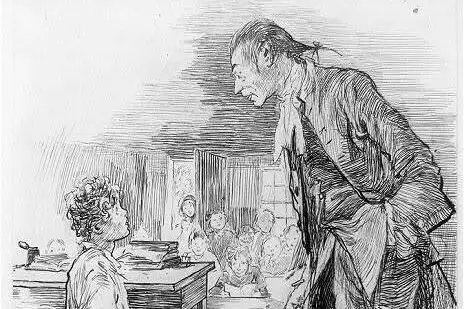
In royal households, especially during the 15th and 16th centuries, it was illegal to physically punish a prince. So they appointed a whipping boy — a child raised alongside the prince and punished in his place. The idea was that the prince would feel guilt and behave better. In practice, it often meant the whipping boy got hit for things he didn’t even do.
Some boys formed close bonds with their royal counterparts, but that didn’t stop the punishments. It was a strange and painful honor, growing up surrounded by luxury but never truly a part of it. And if the prince was a little brat? Well, your back would pay the price. Suddenly, dealing with a boss who micromanages doesn’t seem quite as cruel.
